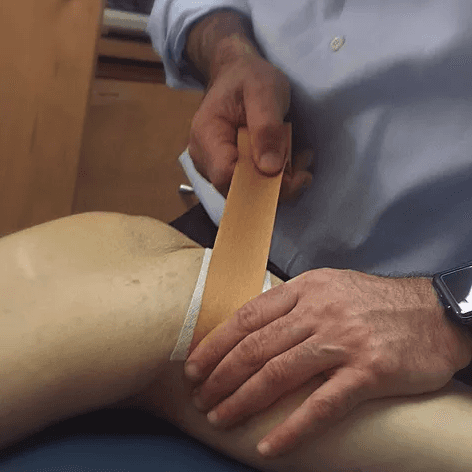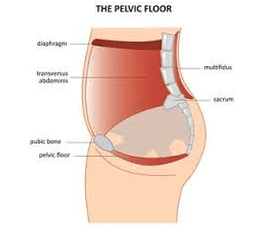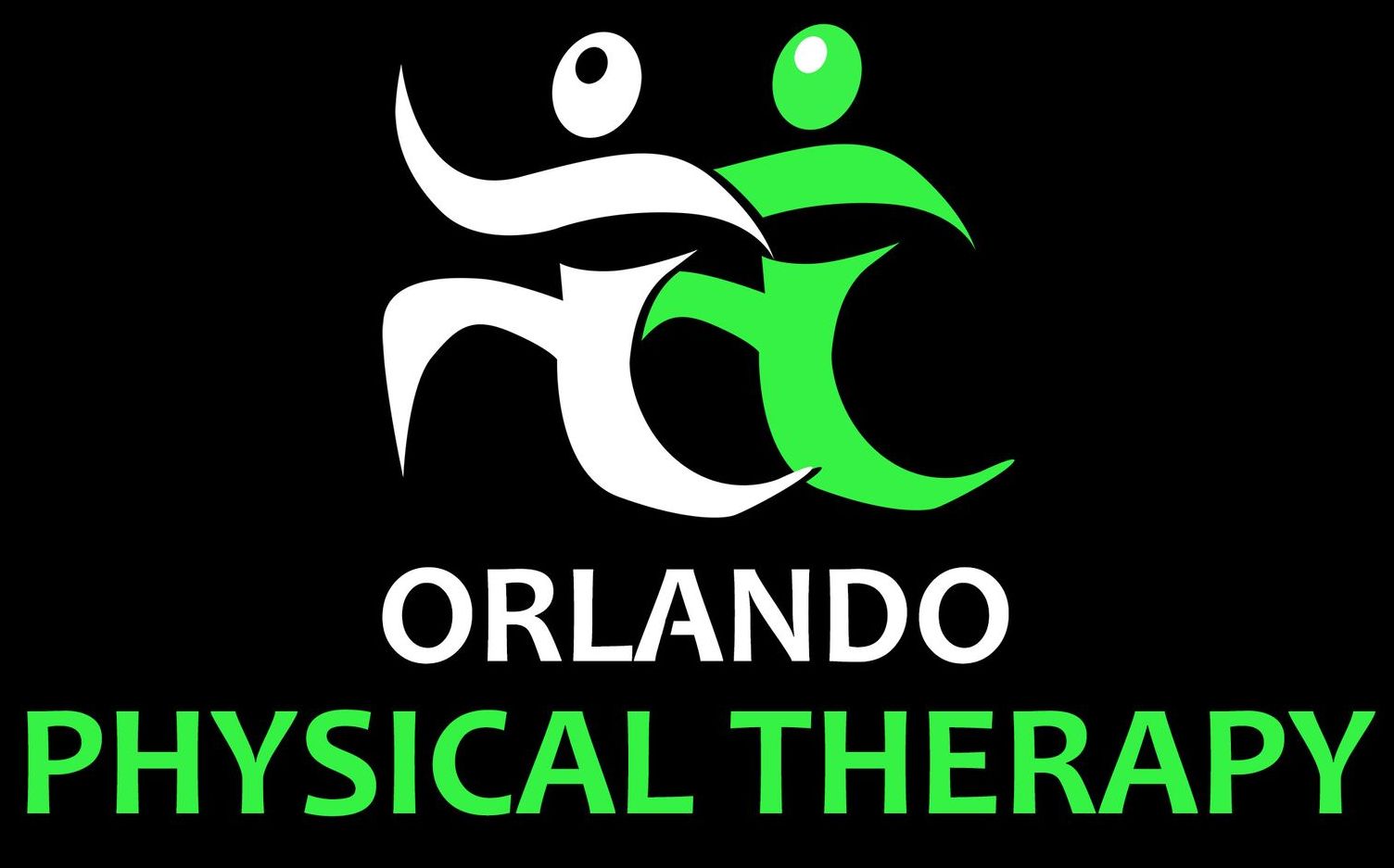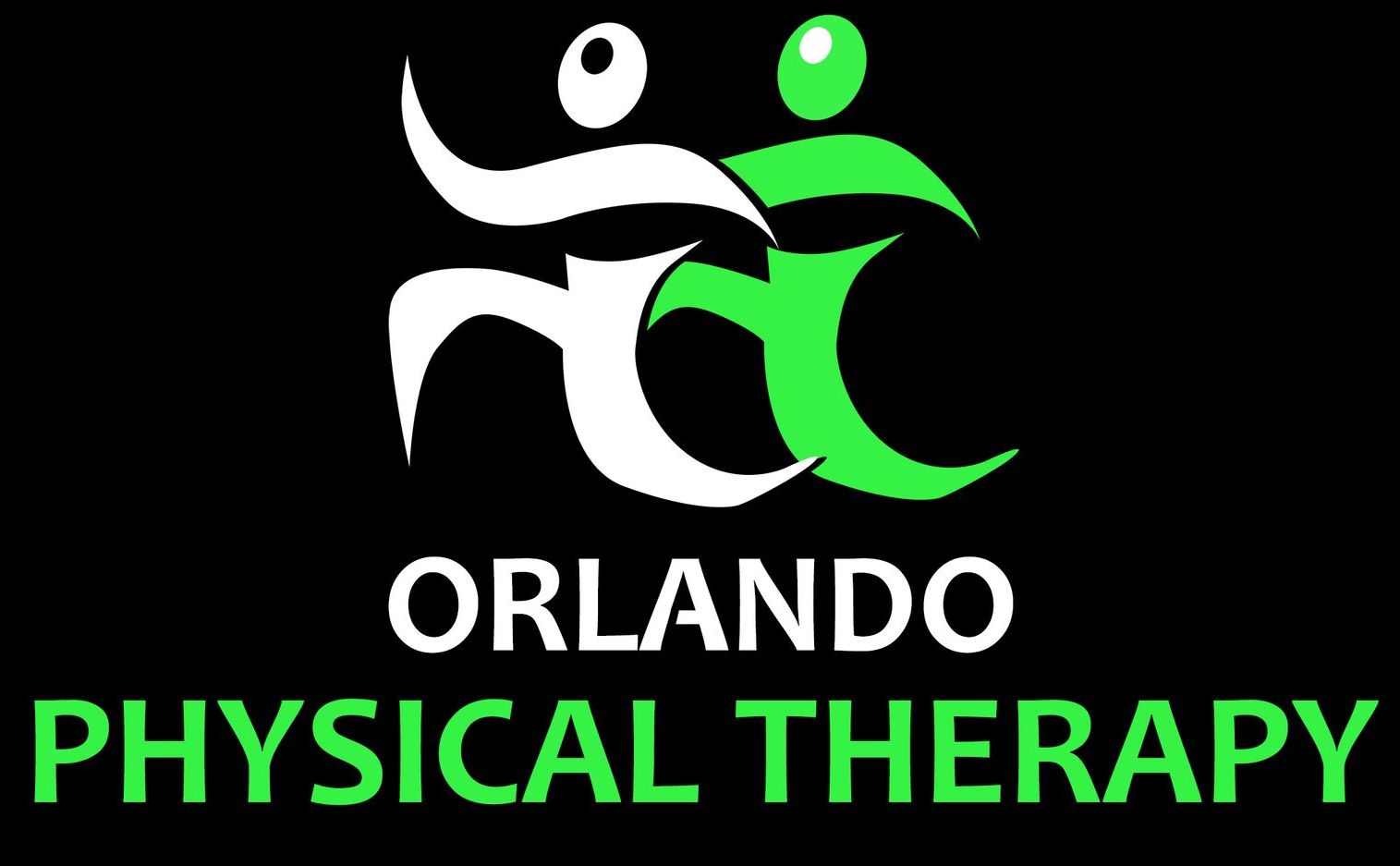Teacher Aches and Pains

Educators have the opportunity to make a huge impact on their students – however, they face many challenges, which may result in low back, neck and shoulder pain; tired feet, aching legs, headaches, insomnia and stress. Often, the number one concern for teachers is back pain when standing.
Whether you’re a nursery school teacher or a college professor, job-related challenges can be reduced or avoided, especially if you know how to improve posture. Challenges include: teachers often stand “lecture-style” for extended hours, placing an extra burden on the low back and legs, which may lead to poor posture. Additionally, hard unforgiving surfaces can take their toll after prolonged standing. Bending or stooping over children at their desks and sitting down for long periods when grading assignments.

Other challenges include lifting or carrying heavy equipment and objects such as paperwork. Teachers in primary and early-year classrooms can spend hours sitting on furniture designed for children during their career. In addition, teachers may be utilizing extra-low sinks and child-height computers and whiteboards – not to mention, sitting on the floor with students. Is there really any question why back pain when standing is experienced? Stress, especially if you are a first year teacher learning the curriculum, how to write lesson plans, classroom management and paperwork. Stress may prevent getting a good night’s sleep, resulting in the search for remedies for insomnia.
Teachers can improve their health by implementing the recommendations listed below:
- Use a specially designed chair or floor cushion for low seating.
- Use a high stool instead of standing for hours.
- Use a height adjustable table.
- Transport heavy paperwork or equipment on a wheeled trolley.
- Stretch and move frequently – get up and walk around every 20 minutes or so.
- Avoid excessive reaching and twisting by arranging items on your desk.
- Wear comfortable, supportive shoes – possibly with orthotics, if necessitated.
- Maintain ergonomically correct workstations.
- Learn how to improve posture and lift, bend and carry correctly. Chiropractors and Physical Therapists provide home and work instructions for patients.
Additional Articles











